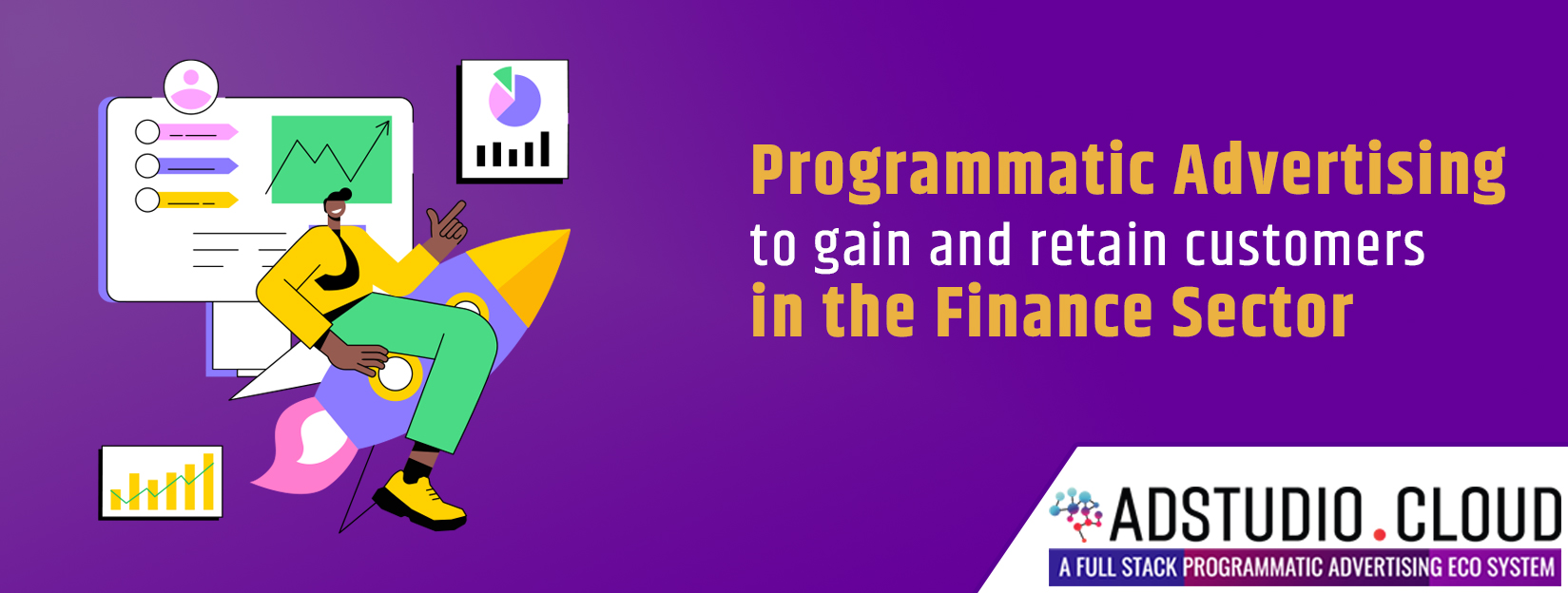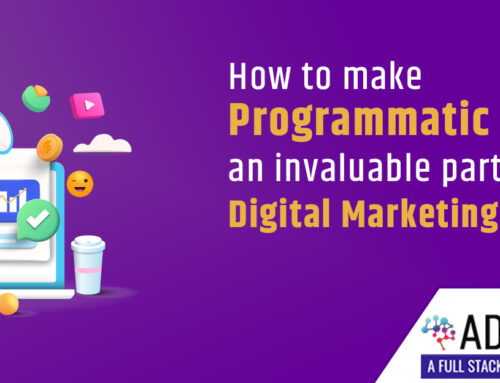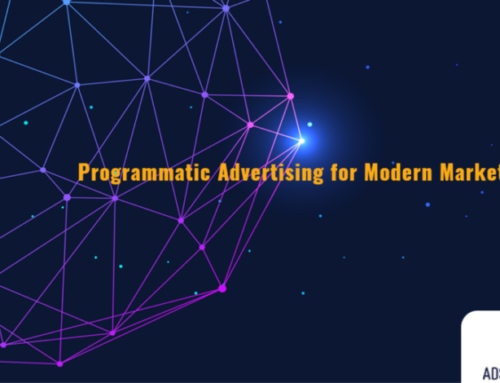Programmatic Advertising to gain and retain customers in the Finance Sector
Programmatic advertising with AI – enabled programmatic marketing that automates and optimizes the purchase of ad space, delivers the most effective ads to potential customers is now becoming a constituent element in the digital marketing strategy of the companies in the finance sector.
Forward- thinking financial marketers need to start researching the opportunities to leverage the real- time changes in consumer behavior with sophisticated features offered by programmatic ad buying.
01.Understanding your audience
It is very important for financial companies to start their programmatic advertising with a careful study on the audience. Understanding the audience is one main crucial point for the success of your digital marketing strategy. For example, take a financial services brand that has three different credit cards. On the surface, all three credit cards are similar products with similar audiences. However, in reality these products — and their audiences — are very different. By understanding the nuances that make each of these audiences special, marketers can create much more relevant and targeted advertisements using programmatic ad technology.
02.Make the most of the targeting option
Once the target audience has clearly been defined, it is important to reach them on the devices that they are using. Studies reveal that 51% of large financial brands derived over 41% of their overall web traffic from users on mobile devices. This means that there is a massive opportunity to reach consumers where they are spending the majority of their browsing and searching time on mobile.
03.Leveraging Programmatic Technology
Programmatic advertising allows for enhanced efficiency and effectiveness in media buying via ad exchanges that instantly serve hyper-targeted advertisements. In short, you can automate the purchase and delivery of ads to consumers at the right time, on the right device, and for the right product.
Unlike traditional forms of advertising, programmatic advertising enables marketers to target users based on characteristics such as browsing behavior or interests. These programmatic ad systems crunch massive streams of user data — effectively doing your Big Data dirty work for you — so you can target customers throughout their journey with precision messages. Programmatic advertising is one of the few options that provides the scale needed to maximize your reach across the entire sales funnel.
03.Niche Targeting with Programmatic
Programmatic advertising platforms are powered with AI technology, hence equipped with the features to identify and target after analyzing large data sets of real-time web activities. For example, a financial services provider might want to find and reach frequent fliers quickly with a promotion for its high-end airline credit card. In such an instance, programmatic ad technology has the can make a comparison of the browsing patterns of frequent fliers with millions of other web users to find similar behaviors.
Your programmatic ad platform will then serve ads for the promotion to this new, previously hidden set of prospects before they even started researching any credit card options.
Therefore, it is now understood that when planned and implemented correctly, programmatic advertising is a multi-featured and highly effective mode of digital advertising for the companies in financial industry in Sri Lanka to acquire and grow the base of their customers.





